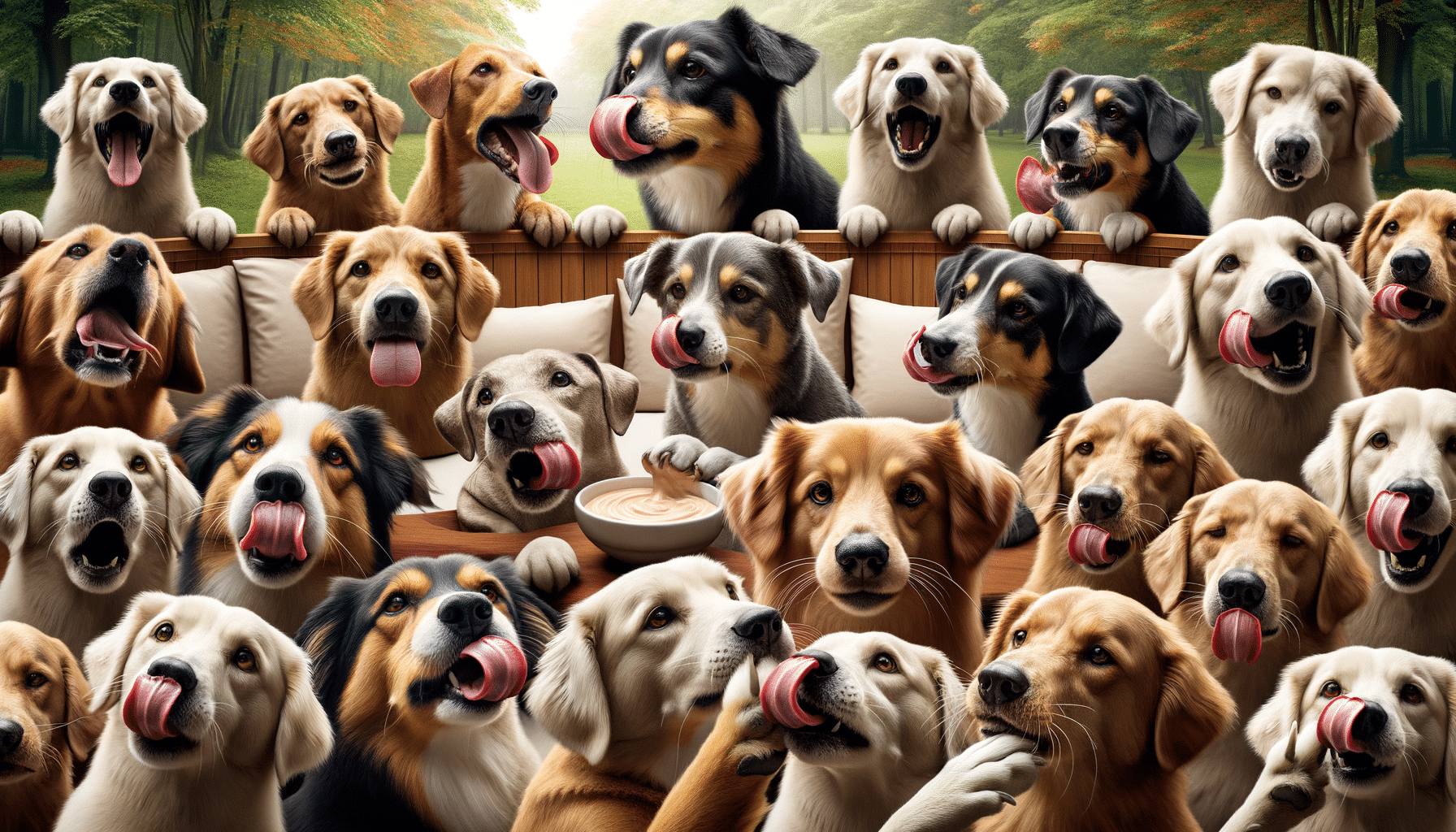
Understanding Common Dog Behaviors: Why Dogs Lick and Paw
Introduction to Dog Behaviors
Dogs are fascinating creatures with a wide array of behaviors that can sometimes be puzzling to their human companions. Understanding these behaviors is crucial for fostering a healthy and communicative relationship between dogs and their owners. Among the most common behaviors are licking and pawing, actions that are often misinterpreted. By delving into the reasons behind these behaviors, we can gain insights into what our canine friends are trying to communicate, whether it’s affection, anxiety, or a need for attention.
Dogs have been companions to humans for thousands of years, yet their behaviors still intrigue us. These behaviors are not just random acts; they are deeply rooted in their instincts and social interactions. By observing and interpreting these actions, owners can respond appropriately to their pets‘ needs, ensuring a harmonious coexistence. This article will explore the significance of licking and pawing, shedding light on their meanings and implications.
The Significance of Licking
Licking is one of the most common behaviors observed in dogs, and it serves multiple purposes. From a young age, puppies experience licking from their mothers, which helps in grooming and bonding. As they grow, licking becomes a tool for communication and expression. Dogs often lick their owners to show affection, mirroring the care they received as puppies. This behavior is akin to a human hug or handshake, reinforcing the bond between dog and owner.
Moreover, licking can be a sign of submission. In the wild, subordinate wolves lick the more dominant members of the pack as a gesture of respect and acknowledgment of hierarchy. This instinctual behavior carries over to domesticated dogs, who may lick their owners or other dogs to show deference.
However, excessive licking can sometimes indicate underlying issues such as anxiety or boredom. Dogs may lick themselves or objects obsessively as a coping mechanism. In such cases, it’s important to identify and address the root cause, whether it’s a lack of mental stimulation or a stressful environment. Providing toys, engaging in regular play, and ensuring a calm atmosphere can help alleviate these behaviors.
The Role of Pawing
Pawing is another behavior that dogs use to communicate with their human companions. When a dog places its paw on you, it could be seeking attention or expressing a need. This behavior is often accompanied by a gentle gaze or a wagging tail, indicating the dog’s desire for interaction. Pawing can be seen as a polite request for affection or playtime.
In some instances, pawing may be a sign of empathy. Dogs are incredibly perceptive animals, and they can sense changes in their owner’s mood or demeanor. If a dog notices that its owner is upset or stressed, it may offer a paw as a comforting gesture, akin to offering support or solidarity.
It’s important to note that while pawing is generally a positive behavior, it can become problematic if it turns into persistent demanding behavior. Owners should balance responding to their dog’s needs with setting boundaries to prevent excessive pawing. Training and positive reinforcement can help guide dogs in understanding the appropriate times and ways to seek attention.
Summary and Conclusion
Understanding common dog behaviors such as licking and pawing is essential for building a strong and communicative relationship with your pet. These actions are not merely random; they are deeply rooted in a dog’s instincts and social interactions. By interpreting these behaviors, owners can respond appropriately to their pets‘ needs, ensuring a harmonious coexistence.
Both licking and pawing serve as important communication tools for dogs, expressing emotions ranging from affection to anxiety. While these behaviors are generally positive, it’s crucial to monitor them for any signs of underlying issues. Providing a stimulating environment and addressing any potential stressors can help maintain a healthy and happy dog.
In conclusion, by paying attention to the subtle cues provided by your dog, you can enhance your understanding and strengthen the bond you share. Remember, your dog is constantly communicating with you; it’s up to you to listen and respond with care and compassion.